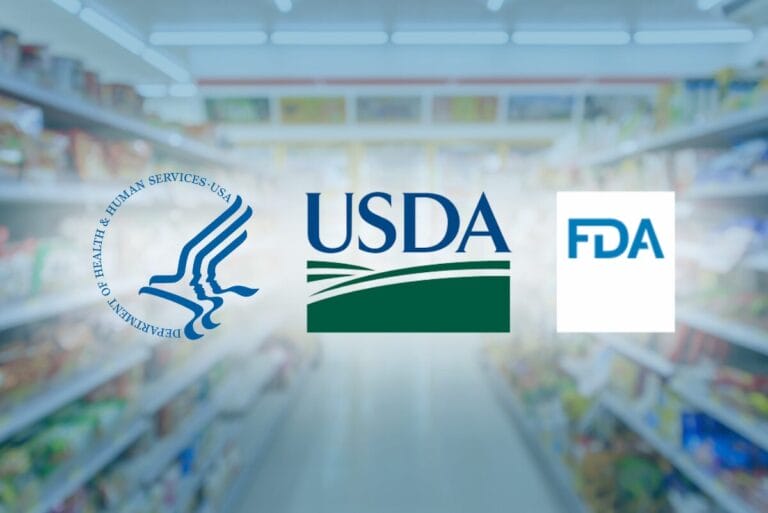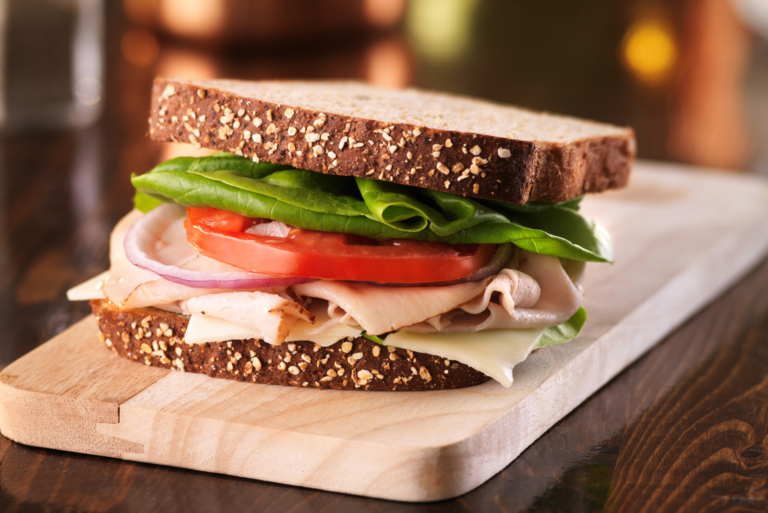KANSAS CITY, MO — A recent survey of 5,000 consumers revealed six needs driving perceptions of grain foods. The survey, which was commissioned by the Grain Foods Research Institute and conducted by NielsenIQ (NIQ) during summer 2025, included people who had purchased at least one grain food in the past 30 days.
Erin Ball, executive director of the Grain Foods Foundation (GFF), and Lorraine Hale, former GFF board of trustees chair and veteran food industry leader, shared the results during the webinar, Consumer Conundrum: Grain Foods on Today’s Plates, hosted by the American Society of Baking as part of its Coffee Break Webinar series.
“We wanted to know what grain foods consumers were buying and eating,” Ball said. “We wanted to know about their perceptions and how these foods played into their lifestyle and their quest for wellness.”
Six consumer themes around grain foods
Scale | Grain foods are available in different forms across nearly every household.
Essential needs | Consumers view grains as meeting daily needs for value, nutrition and convenience.
Wellness evolution | Consumers connect grains to wellness (satiety, energy, fiber and protein); the rise of GLP-1 medications is shaping their choices.
Transparency | Ingredient lists and nutrition facts drive purchasing decisions; consumer knowledge of ultra-processed foods (UPFs) is limited.
Versatility | Grain foods are popular options for sandwiches, sides and snacks.
Comfort and self-care | Grain foods support emotional wellness by providing comfort, satisfaction and familiarity.
The opportunities for bakers
Ball and Hale identified increased transparency, more consumer education on UPFs and positioning grain foods as snacks as key areas of opportunity for bakers.
“In the current dialogue about food, even at the policy level, transparency is being wielded almost like a negative thing, like there isn’t enough of it,” Ball said. “Transparency is an area where the industry can be heroic. Manufacturers do a good job on pack with bringing transparency to ingredient lists, claims, and the nutrition facts panel, but could we do more?”










